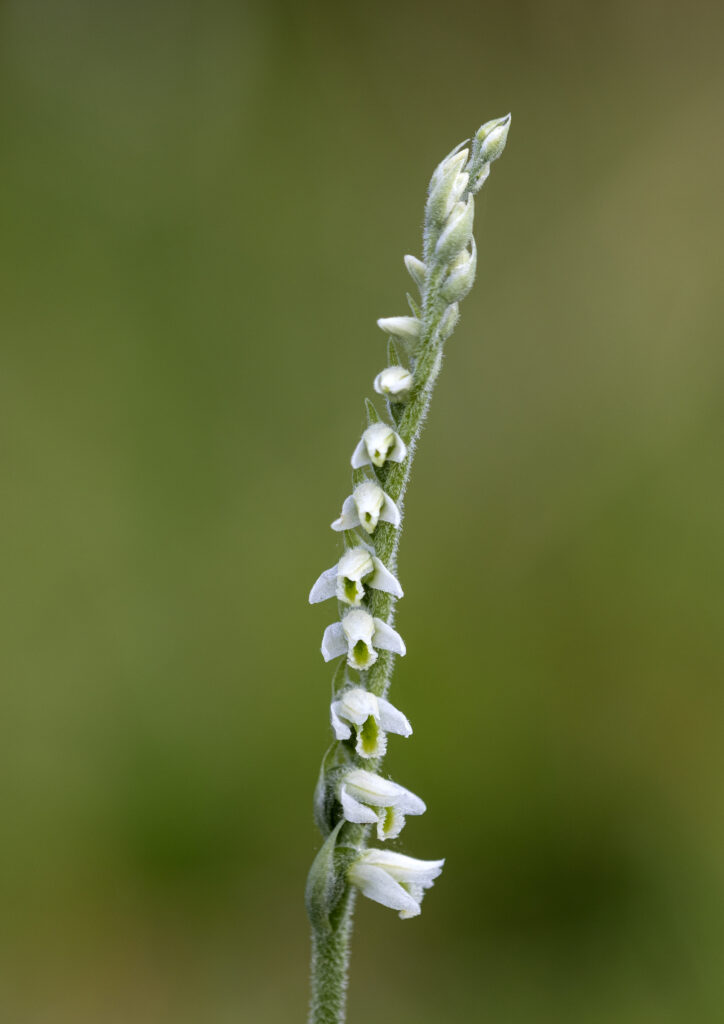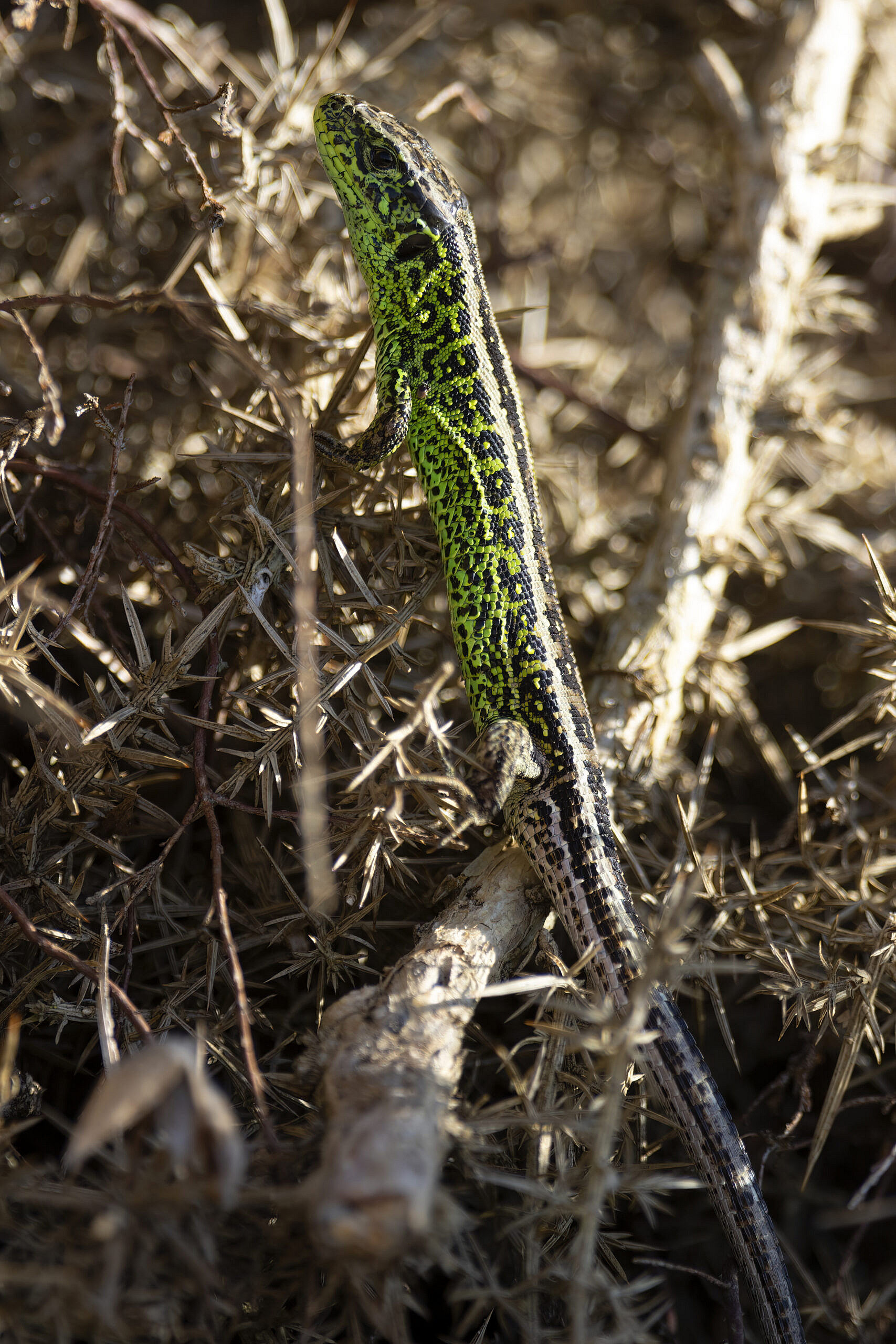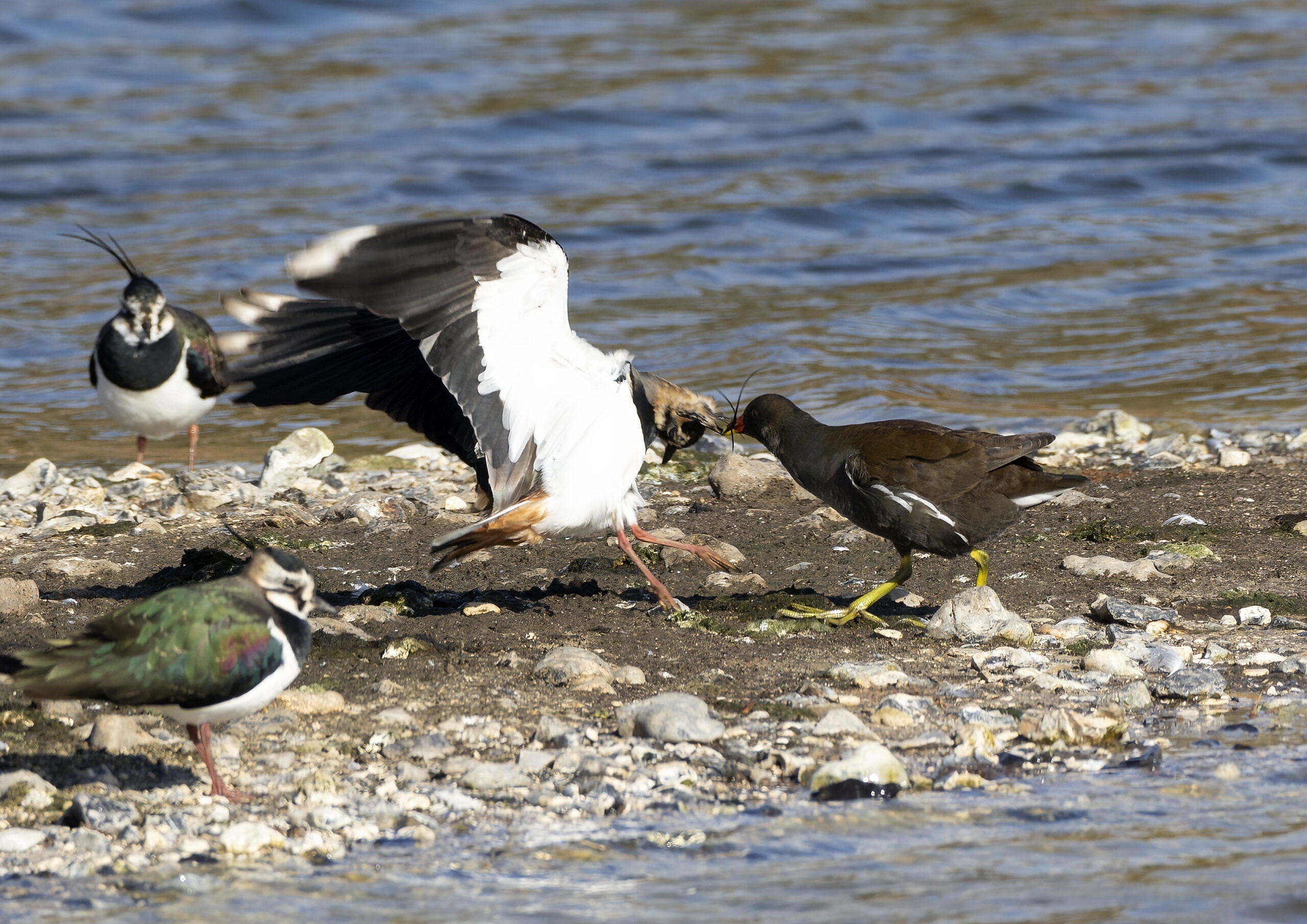
Greenham common, Berkshire.
I am standing in a thousand acres of a habitat that is rarer than rainforest. To my left and right, as far as the eye can see, it is a green carpet of rough grass awash with colour – the mauve of bell heather and the delicate pink of ling, stands of bramble heavy with berries but still flowering white and pink, and impenetrable swathes of gorse. The flowers are long gone from the common gorse, but dwarf gorse, its smaller cousin, thrives here and is at its peak now, the stunted shrubs awash with bright yellow flowers.
Their existence here is little short of a miracle. Sixty years ago, American B-47 bombers thundered down a runway exactly where I am standing. Forty years ago, women arrived here and started peacefully protesting the presence of nuclear cruise missiles on the base. Now the airbase has been erased, and in its place dry heathland, one of our most precious habitats, has erupted. Instead of protest songs, all I can hear are birds: a bubbling fair of swallows sideslip and twist through azure skies that once held warplanes; a stonechat scolds me with the sound that names it, a clack like two hard pebbles struck together. Greenfinches chatter together. And what I mistake at first for a skylark is actually a woodlark, its rarer cousin, whose song is – forgive me – even sweeter.
But it is here at my feet that I find what I came here for. Barely visible in the grass are short grey-green stems wrapped with a spiral of tiny flowers, each snow-white bloom perhaps 3mm across with a green lip. It’s the year’s last orchid: the ‘autumn lady’s tresses’, named for the way the twisting flowers resembles a braid of hair. Greenham has one of the largest populations in the country of these diminutive plants. It’s a fitting tribute, perhaps, to those women who truly helped to turn this place from war to peace.




Social Profiles